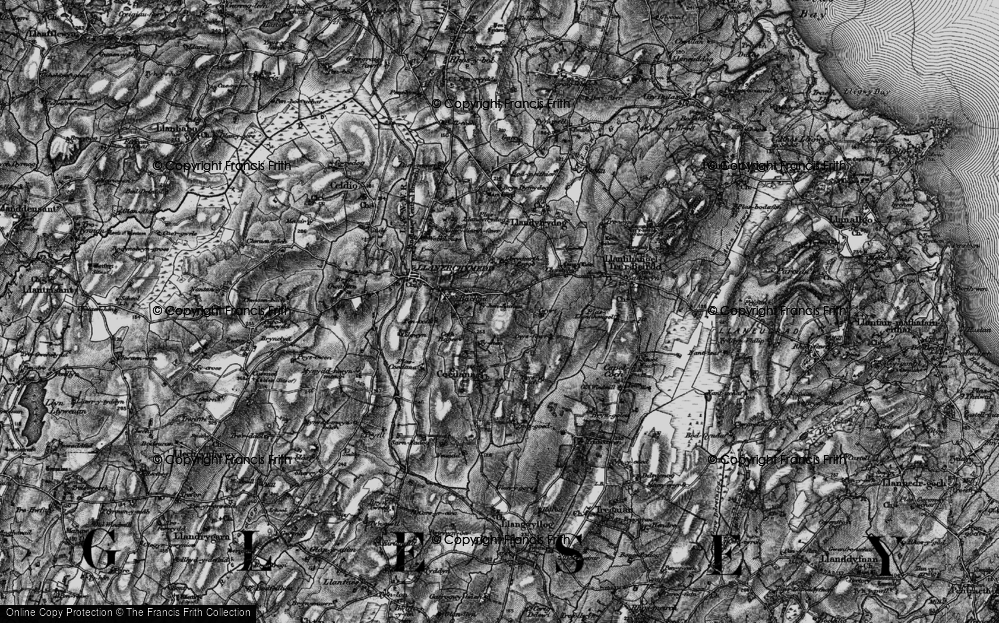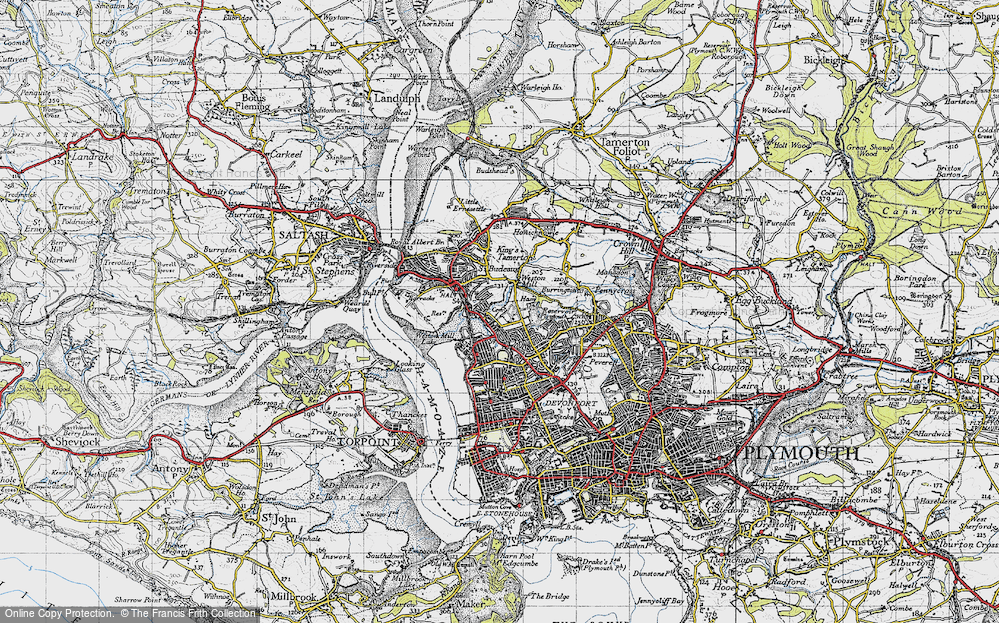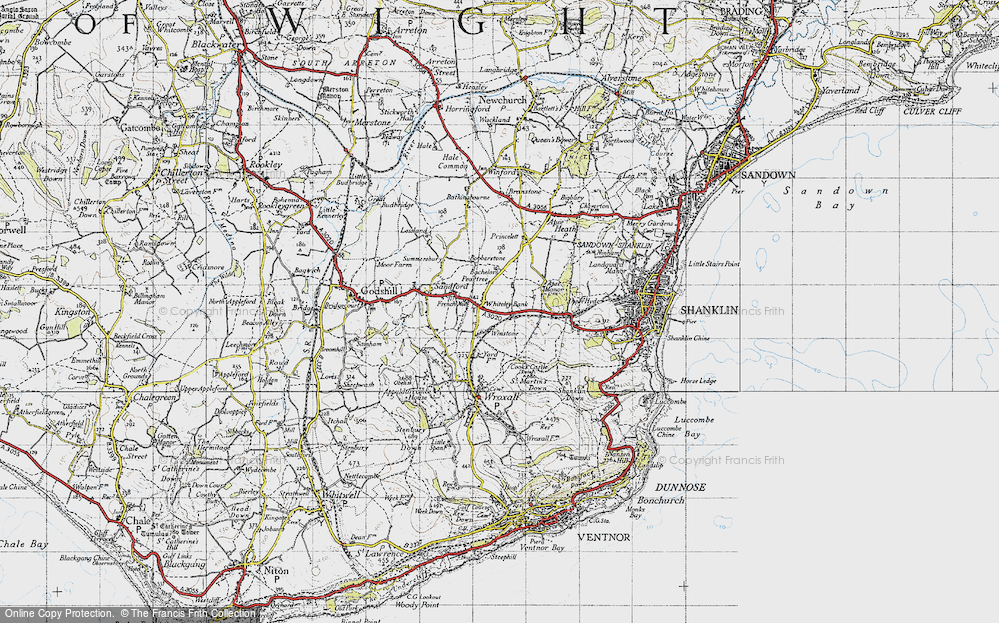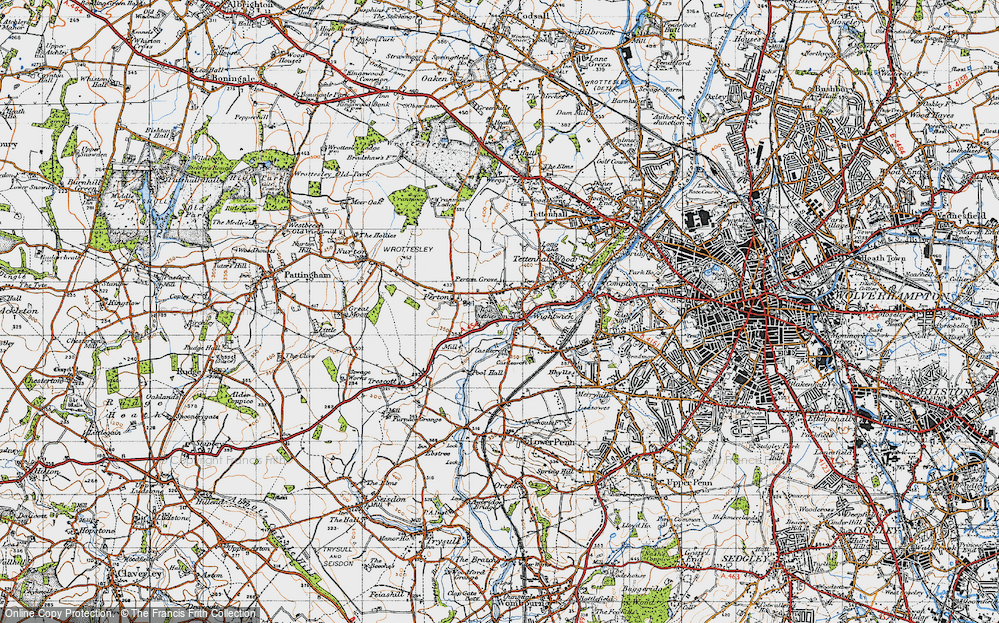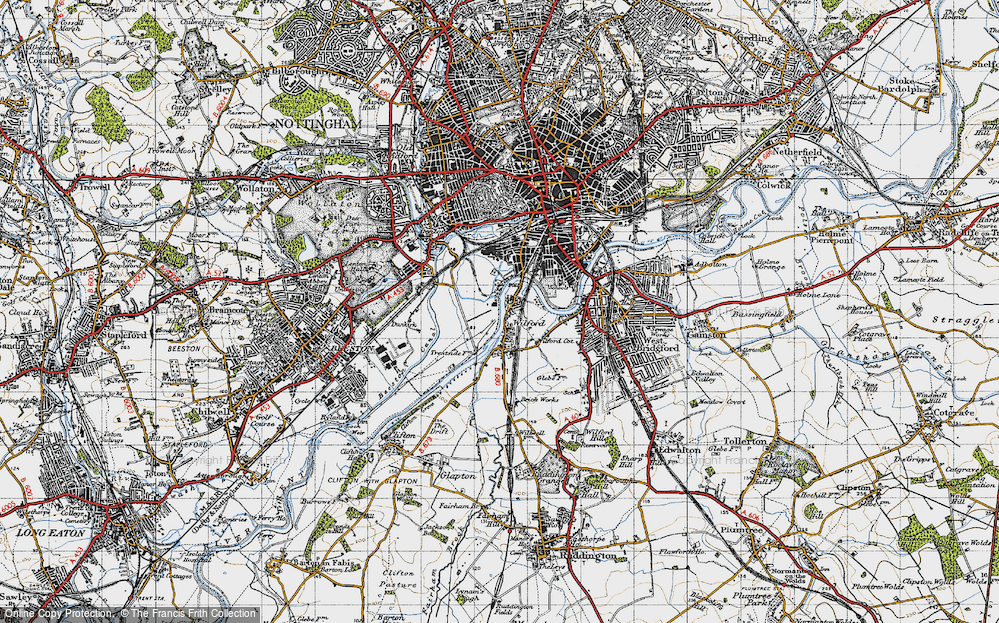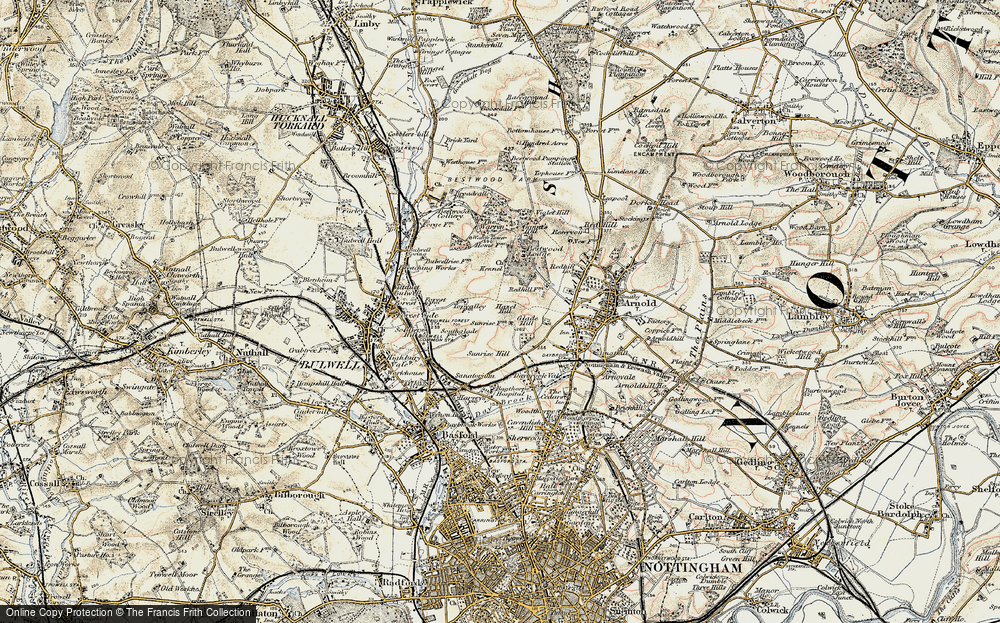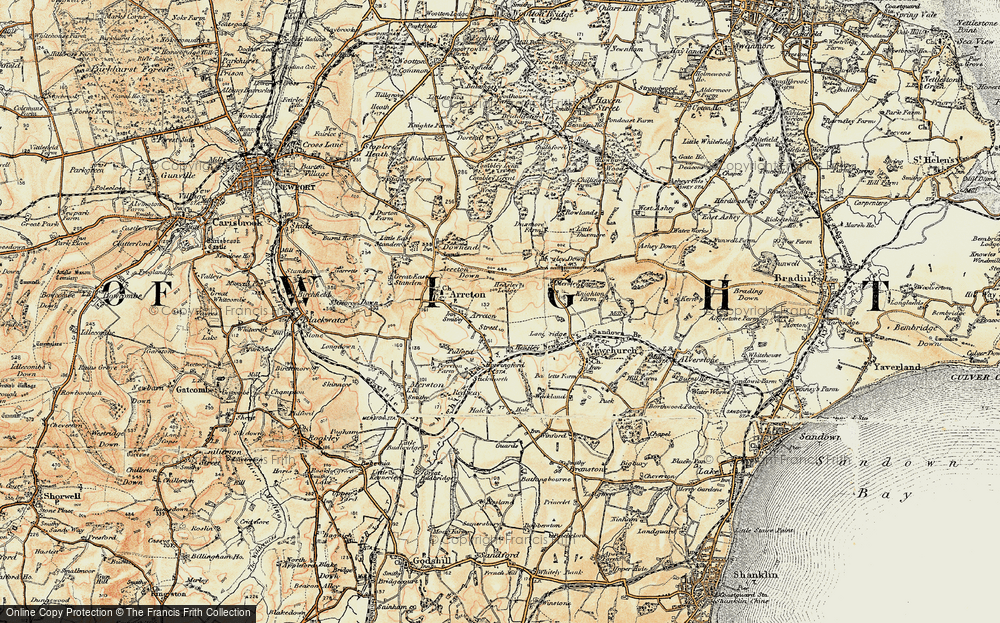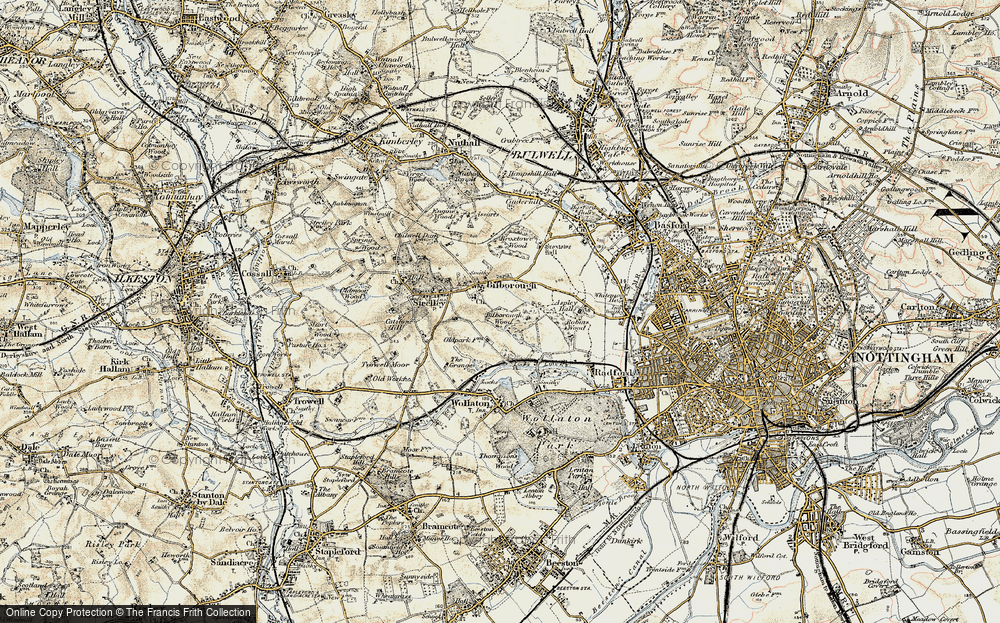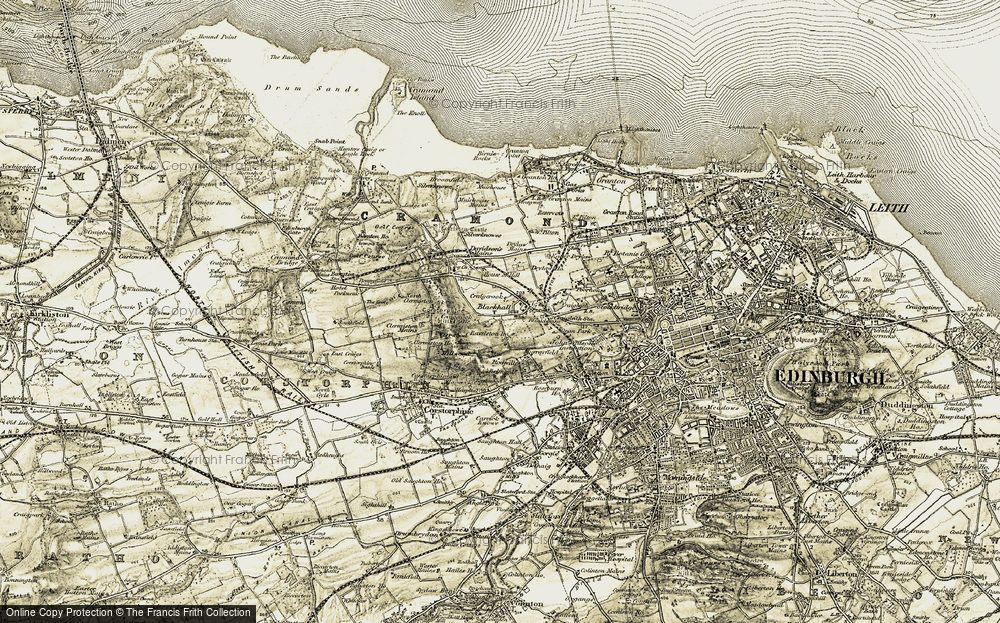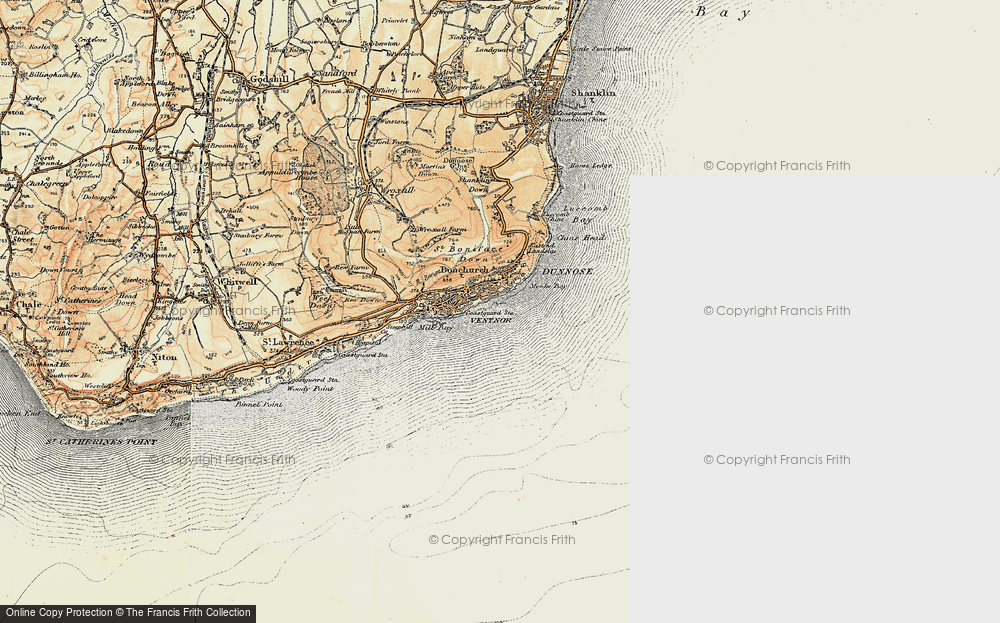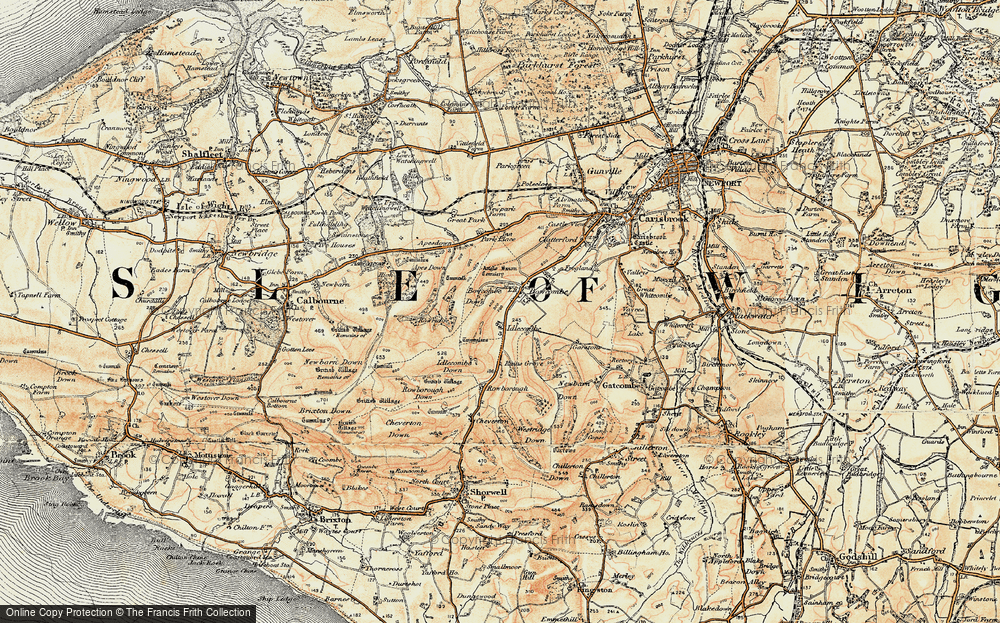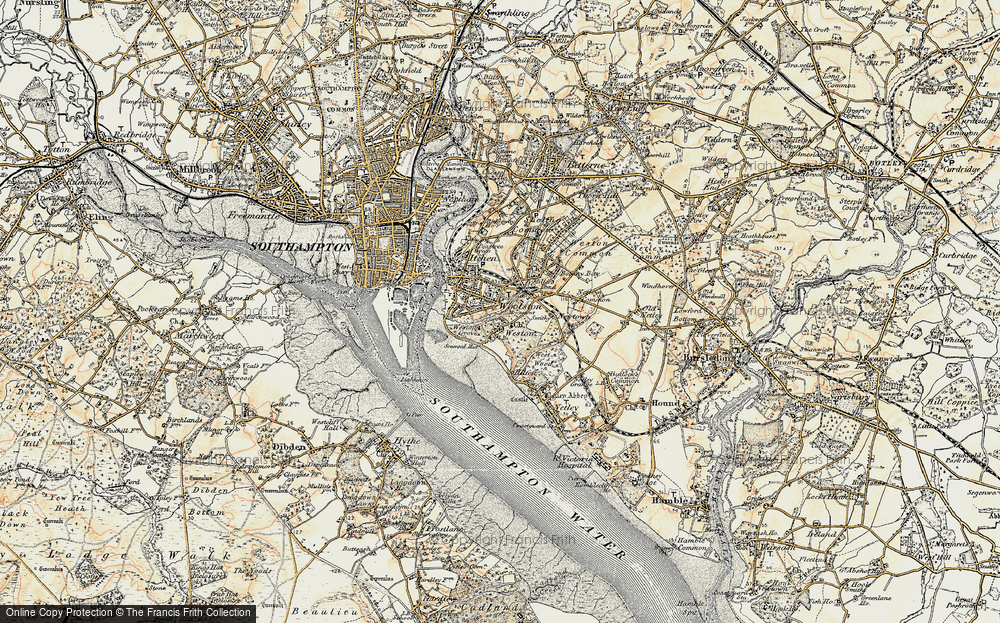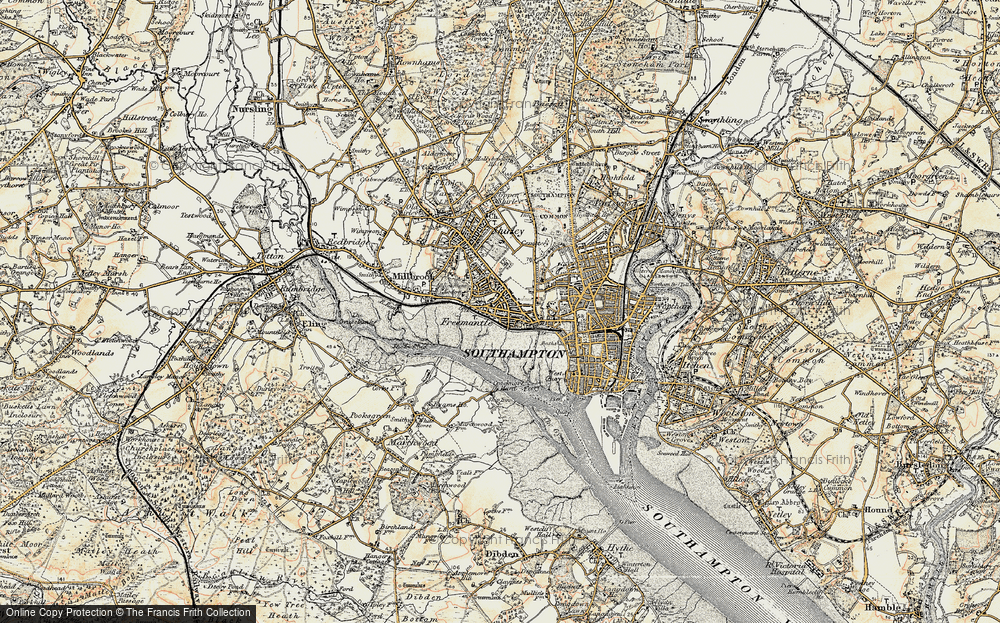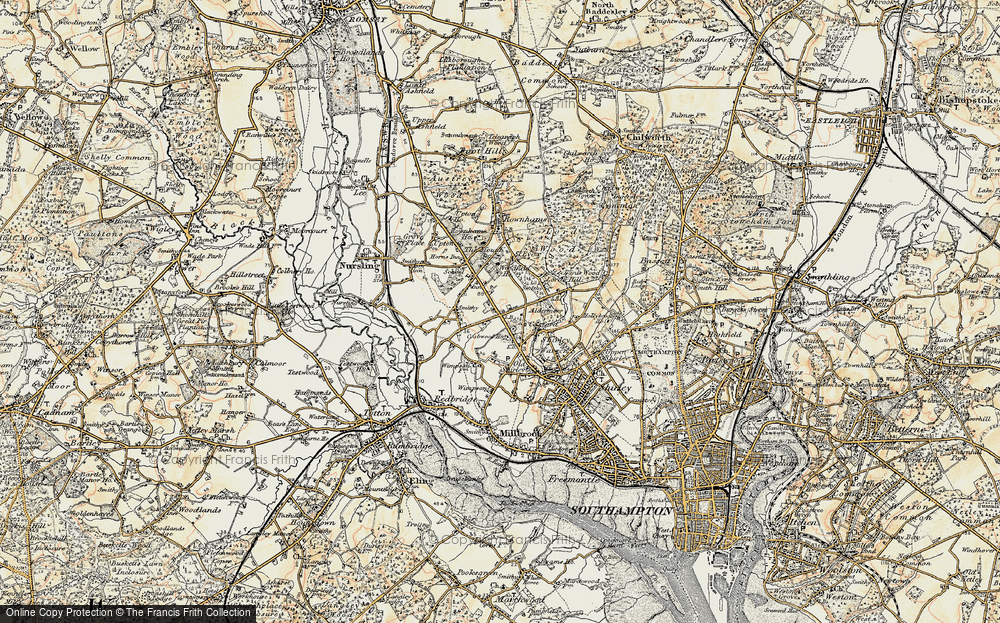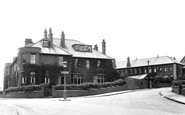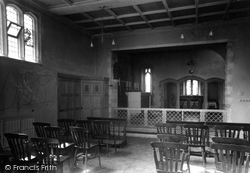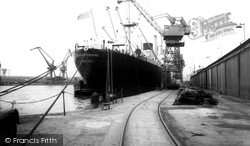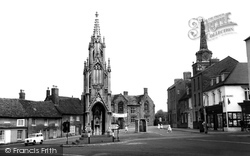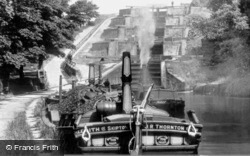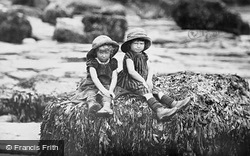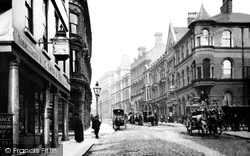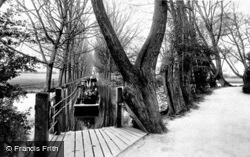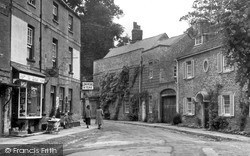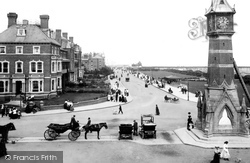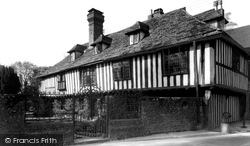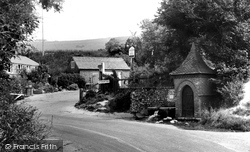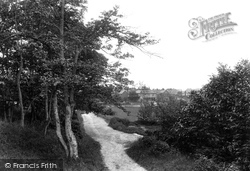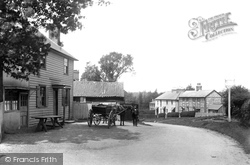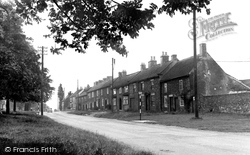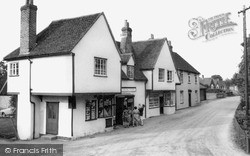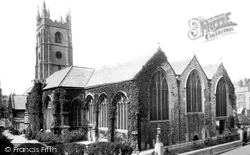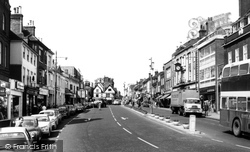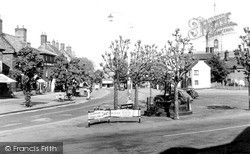Places
36 places found.
Those places high-lighted have photos. All locations may have maps, books and memories.
- Shanklin, Isle of Wight
- Ventnor, Isle of Wight
- Ryde, Isle of Wight
- Cowes, Isle of Wight
- Sandown, Isle of Wight
- Port of Ness, Western Isles
- London, Greater London
- Cambridge, Cambridgeshire
- Dublin, Republic of Ireland
- Killarney, Republic of Ireland
- Douglas, Isle of Man
- Plymouth, Devon
- Newport, Isle of Wight
- Southwold, Suffolk
- Bristol, Avon
- Lowestoft, Suffolk
- Cromer, Norfolk
- Edinburgh, Lothian
- Maldon, Essex
- Clacton-On-Sea, Essex
- Norwich, Norfolk
- Felixstowe, Suffolk
- Hitchin, Hertfordshire
- Stevenage, Hertfordshire
- Colchester, Essex
- Nottingham, Nottinghamshire
- Bedford, Bedfordshire
- Bury St Edmunds, Suffolk
- Aldeburgh, Suffolk
- St Albans, Hertfordshire
- Hunstanton, Norfolk
- Chelmsford, Essex
- Bishop's Stortford, Hertfordshire
- Peterborough, Cambridgeshire
- Brentwood, Essex
- Glengarriff, Republic of Ireland
Photos
9,106 photos found. Showing results 11,401 to 9,106.
Maps
181,006 maps found.
Books
11 books found. Showing results 13,681 to 11.
Memories
29,054 memories found. Showing results 5,701 to 5,710.
Lancing In The Fifties And Sixties
My family moved to Lancing when I was six months old, living first in Orchard Avenue and then Tower Road, which had a bad reputation - totally undeserved! I liked the fact that there were always children to play ...Read more
A memory of Lancing by
The Cottages
As a little girl (1960s)our family would travel to Kincardin, Lake Huron every summer. My Aunt and Uncle Ken Brown owned a cottage there. I was so sad to hear of the nuclear plant that went in and plowed away the cottages. So many ...Read more
A memory of Kincardine by
The Village Was Home
I was born in 1950 at Orsett Hospital, a few minutes before my twin sister and on my mothers birthday no less. We lived at 28 St James Avenue East until 1968. The house was in fact that of my maternal grand parents and my ...Read more
A memory of Stanford-le-Hope by
Gwr Hotel 1858
My great, great grandparents Edward and Mary Anne Williams were the managers of the above hotel when it opened. I would love any images of the hotel? Gill Campbell
A memory of Neyland
Such Memories
I lived in 14 west street from birth 1962. to 3 years , My great Aunt Jane Penny (Davies) lived there for years looking after a lady. When she died, the house was left to My aunt Jane. My mum and brother and me, moved just up the ...Read more
A memory of Millbrook by
So Many People!
I was five years old in 1953 and the coronation of Queen Elizabeth II was the first vivid memory I have of my childhood. We lived at Midway, Cold Ash Hill, the major road through the village. Dressed as a pirate with silver buckles ...Read more
A memory of Cold Ash by
The Only Television Set In The Street.
I don't suppose that many of my friends will have watched the last Coronation on TV, partly because it was 70 years ago, but mainly because very few people had a television. My father, Frank, had a Radio and ...Read more
A memory of Glasgow by
25 Years In Beaconsfield.
Born in Wembley, I arrived in the New Town of Beaconsfield in 1957 aged 5. With my younger sister and my parents. I left home at 17 but returned occasionally until 1981 when my parents moved to Scotland. I lived in ...Read more
A memory of Beaconsfield by
Good Old Days.....
I was a "Calder girl" from 1951 or 52 to 1959. I didn't like it much at the time, but now of course, I have many, many memories. I know so many of the hymns in the English hymn book because we had to learn them for punishments. Not ...Read more
A memory of Seascale by
St. Joseph’s Convent
My name is Victoria Garcia. At 15 years old, I arrived at the school in the middle of winter. Coming from an all summer weather year round, Cartagena de Indias, Colombia, it was a shock how cold it was. I was greeted by ...Read more
A memory of Redhill by
Your search returned a large number of results. Please try to refine your search further.
Captions
29,158 captions found. Showing results 13,681 to 13,704.
W Heath Robinson, whose son was a monk at the abbey, painted a cartoon of the restoration work.
However, if the visitor looks at the upper storeys or, if opportunity presents itself, at the rear elevation of the buildings, they give the clues to their origins.
The flour mills (B399087, left background) are a reminder of the port's heyday when the trading vessels of the world would have queued to unload.
The houses on the right survive, but those to the left of the monument were swept away and replaced by a small park, just one of many 'improvements' after 1963.
At 127 miles, this is the longest canal in Britain, and creates a vital trans-Pennine crossing between the mill towns of Yorkshire and the seaports of the Mersey.
High on the hill are the abbey ruins and over to the left, the lovely Norman church of St Mary. The church is reached by a climb of 199 steps that leaves the fittest visitor beathless.
Girls or boys? East side or west side? Twins or not? After the Whitby Gazette was kind enough to publish their picture, we received help from several sources.
The Midland Bank is prominent on the left, facing the National Westminster and Barclays, which was a few steps from Lloyds' palatial building opposite the Royal Hotel.
As late as 1870, enclosure meadowland and hawthorn hedges stretched away from Wigston, but the ensuing period up to 1900 was to see a trebling of population figures as hosiers and boot and shoe manufacturers
The lower buildings on the right were demolished during the building of the Great Central Railway in the late 1890s.
Here we see the sturdy porticoed front of Botley's famous Market Hall, built in 1848.
During the Civil War, the old manor house was the headquarters of the Parliamentarian army.
The aptly named Woodstock Gate, one of the main entrances to Blenheim Palace, lies just around the corner.
At this time there is a mix of motor and horse-drawn conveyances for the tripper.
St Mary's dates from the 15th century, and stands on the site of an earlier Knights Templar house.
At Fulking, 16th-century cottages still lie on either side of the village street that winds its way below the South Downs.
Included in this view (taken from the top of what is known as the Broomfields) is the old Willesborough Hospital.
Though Dr Boddington was most famous for his work with TB patients, he also cared for mentally ill patients at Driffold House Asylum at the corner of Wyndley Lane and The Driffold.
Brick and flint cottages, like the ones in this picture, are a familiar sight in parts of Hampshire and neighbouring West and East Sussex. By 1911 the population of the village was 2,786.
Today modern houses have replaced a number of the terraced cottages, but the three on the right still stand. The village also has a Wesleyan chapel of 1821 and the Lord Nelson Inn on Front Street.
This rambling village is a mixture of the old and the new. Here we see Terling Stores and Post Office.
St Andrew's is the mother church of Plymouth; there is evidence that a Christian community used the site as early as the 8th century. Construction of the present building commenced in 1370.
The broad expanse of what had been Ashford's original market place and a rendezvous for Kent's sheep and cattle farmers had, by the mid 1950s, been bisected by a central traffic reservation and new road
Tradition says that the church was built largely at the expense of the 'Swaffham pedlar' - one John Chapman, who was lucky enough to find two pots of gold in his garden after being guided to them in a
Places (6814)
Photos (9106)
Memories (29054)
Books (11)
Maps (181006)


